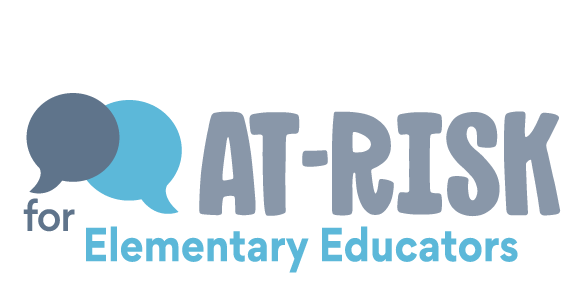

JACKIE: Imagine a teacher has a student who consistently turns in homework late and incomplete. One day she asks him about it, and he says…
STUDENT: I can’t work when my little sister is bothering me.
Perhaps a solution seems obvious, where you would reply: “You need to find a place to do your homework.” But he doesn’t listen…
STUDENT: I like hanging out with my sister.
You might want to guide him to the right decision by saying: “It doesn’t matter, you’ve got to do your homework.
STUDENT: But she’ll be sad.
Which could cause the teacher to lose patience: “If you don’t turn in your homework, you’re not going to pass!” Let’s talk about where this went wrong. Giving advice, disagreeing, and criticizing can turn a conversation into an argument, make the other person defensive, and emphasize your authority over them- none of which are your goals if you’re concerned about a person and want them to open up.
Before beginning a sensitive conversation, remember that in these situations, your role is that of a supportive adult, rather than that of a knowledge-giver.
This helps you re-focus so you’re ready to listen. Only once the other person feels like they’ve been heard- and when you have enough information to understand their situation, should you move onto collaborative problem-solving.
So let’s talk about a way to listen actively. You’re probably already familiar with open-ended questions, which help you get more information and show that you genuinely want to understand. But using too many questions in a row can make the other person feel interrogated, instead of like an equal partner in the conversation. This can make them uncomfortable and shut them down.
Let’s hear an example of this between the teacher and the student:
TEACHER: What was your sister doing? What did your parents say? How did that go?
STUDENT: Look it’s not a big deal. I’ll turn in the homework tomorrow.
As in any conversation, you need to make statements, as well as ask questions. When you’re actively listening, your statements should encourage the other person to keep sharing, not interrupt with your own advice or judgment. This is when reflecting statements are useful, where you reflect what you think the other person is saying, thinking, or feeling to make sure you understand. Then they can correct you if you don’t have it 100% right.
You could say something like: “So you’re okay. There are other girls to play with.” But this might annoy a person when you parrot their words back to them verbatim. You could say something like: “I bet you still miss her a lot,” but that’s not a reflecting statement. It’s actually a contradiction of what she just said. But the statement that best reflects what you think this student is saying, thinking or feeling is: “It got easier because you made other friends.” This way you, the teacher, provided your interpretation of what the student said. Again, the reflection doesn’t have to be perfect; the student can correct her if it’s not right.
TEACHER: It got easier because you made other friends.
If you prefer, you can start reflections with language like “It sounds to me like…” or “So what I’m hearing is…” to emphasize that your reflection is just your interpretation. A good reflecting statement would then be: “You and Olivia had a special friendship.” Stay away from things like: “Olivia was your best friend and can’t be replaced?” because it could be a good reflecting statement but it is phrased as a question and something like: “Your other friends aren’t the same?” which are her words verbatim, can make her feel like you’re mocking her or like you don’t believe her.
We often use reflecting statements in casual conversations with friends and family, to clarify what the other person is saying. Notice how often you do this over the next few days. Then, try using reflecting statements—along with open-ended questions—in more sensitive conversations, when you want to encourage a person to open up.